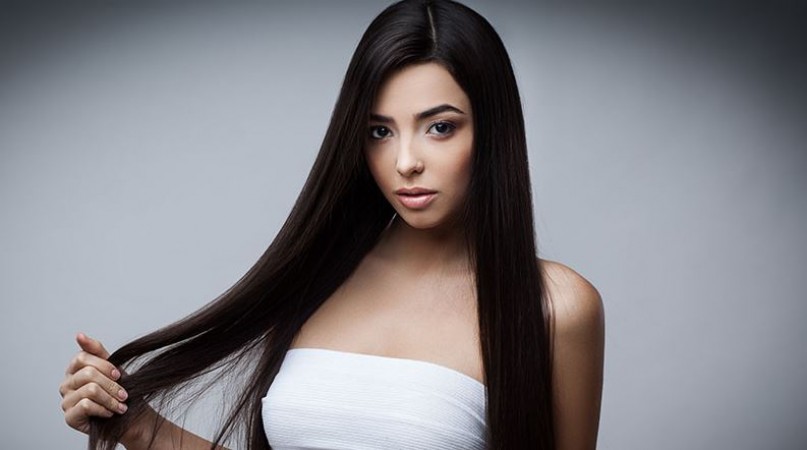
Permanent hair straightening has become increasingly popular among both women and men as a way to achieve smooth, manageable hair. However, before opting for this treatment, it's crucial to understand its intricacies, benefits, potential risks, and post-care requirements. Here's a comprehensive guide to help you make an informed decision:
Understanding Permanent Hair Straightening:
Permanent hair straightening is a chemical process that alters the structure of your hair to make it straight permanently. Various techniques are used, each with its own process and chemical formulations.
Types of Permanent Hair Straightening:
Japanese Thermal Reconditioning:
Process: This method involves applying a chemical solution to break down the hair's protein bonds, followed by heat application to reshape the hair into a straight form.
Duration: Typically takes several hours depending on hair length and thickness.
Results: Provides long-lasting straight hair but requires careful maintenance.
Keratin Treatment:
Process: Uses a keratin-based solution that coats the hair shaft to relax curls and frizz.
Application: Applied section by section and sealed with heat from a flat iron.
Effect: Smoothes hair and reduces frizz for several months.
Hair Rebonding:
Process: Involves using a relaxant to break the hair's natural bonds, reshaping it into a straighter form.
Procedure: Hair is divided into sections, and chemicals are applied followed by heat and neutralization.
Outcome: Provides a sleek, straight look that lasts until new hair growth.
Things to Consider Before Getting Permanent Hair Straightening:
Hair Condition: Evaluate the current condition of your hair. If it's damaged or weakened, permanent straightening may exacerbate the issue.
Consultation: Always consult with a professional stylist who specializes in chemical treatments. They can assess your hair type and recommend the best technique.
Hair Care Regimen: Understand that permanent straightening requires a specific aftercare routine involving gentle shampoos, conditioners, and regular deep conditioning treatments to maintain hair health.
Potential Risks: Chemical treatments can cause damage such as dryness, breakage, or scalp irritation if not done correctly or if proper care is not taken post-treatment.
Post-Treatment Care:
Specialized Products: Use sulfate-free shampoos and conditioners designed for chemically treated hair to maintain moisture and prevent further damage.
Avoid Heat Damage: Limit the use of heat styling tools and protect hair from excessive sun exposure to prevent drying out.
Regular Trimming: Schedule regular trims to remove split ends and maintain hair health.
Consultation with Experts: Periodically consult with your hairstylist to assess your hair's condition and adjust your care routine as needed.
While permanent hair straightening offers the allure of effortless straight hair, it's important to approach it with careful consideration and preparation. Understanding the process, risks, and maintenance requirements ensures that you can enjoy sleek, manageable hair while keeping it healthy in the long run.
By following these guidelines and seeking advice from hair care professionals, you can make an informed decision about whether permanent hair straightening is right for you.
International Yoga Day Celebrated at ASEAN Secretariat with Indian Mission
Kallakurichi Hooch Tragedy: Toll Climbs to 47, Efforts to Curb Illicit Liquor Sales
If you have a problem with kidney stones, do this best 5 yogasan, you will get rest